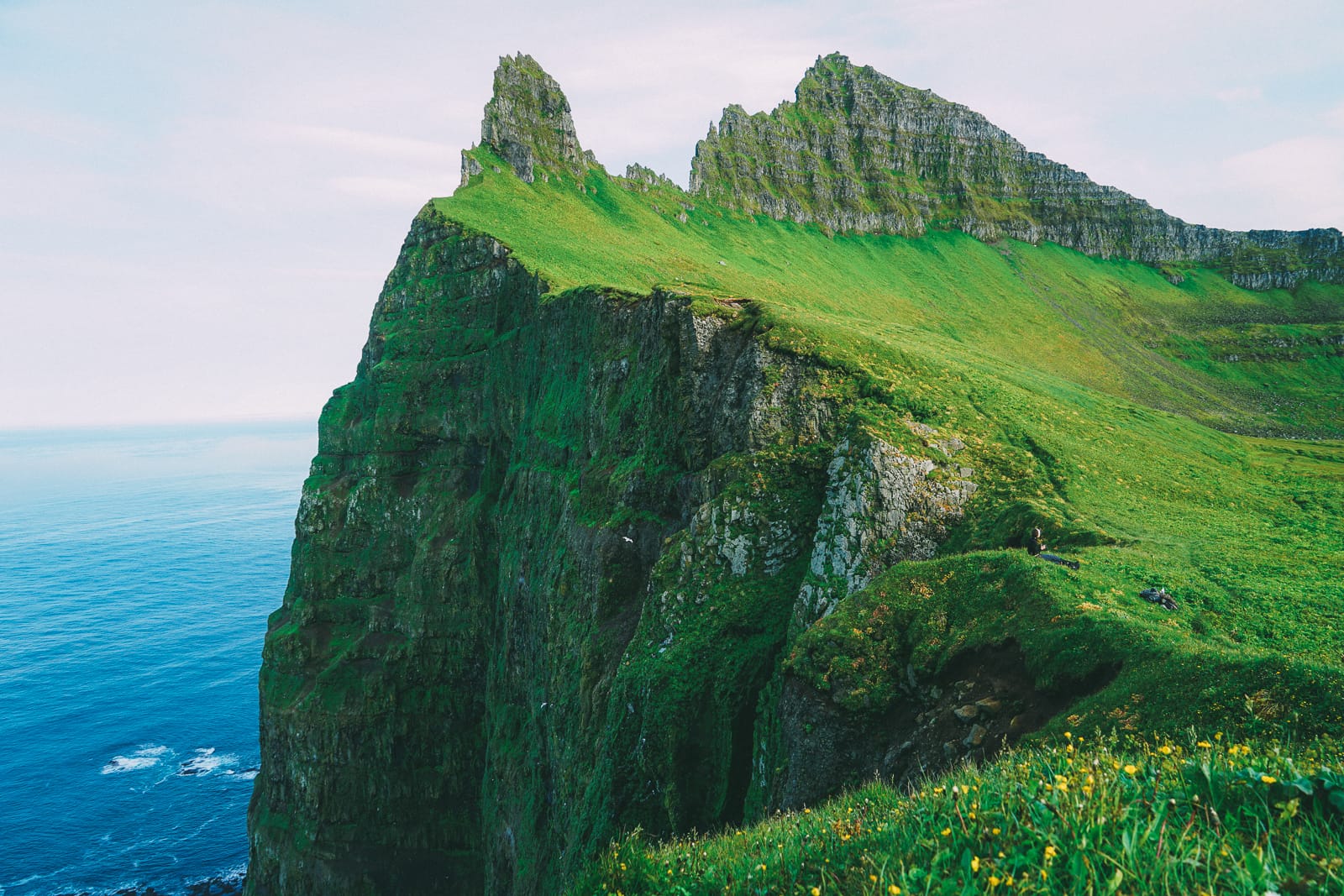Anyone who has spent a significant portion of time looking at maps will probably agree that the Mercator projection is a poor representation of the globe. The Mercator projection is disorienting at best, it stretches Northern countries to look massive and places the north pole, Europe and North America as a kind of gigantic roof over the world.
 Buckminster Fuller also found this to be a let down. He believed that this projection worked to further the disparity between the global north and global south and so he created a new kind of projection. He called his projection a dymaxion map, projecting the earths surface onto a grid of triangles and then laying them out flat (an unfolded icosahedron).
Buckminster Fuller also found this to be a let down. He believed that this projection worked to further the disparity between the global north and global south and so he created a new kind of projection. He called his projection a dymaxion map, projecting the earths surface onto a grid of triangles and then laying them out flat (an unfolded icosahedron).
Looking at this realistic map of the earth brings great relief. One gets the feeling that we are in Pangea still. It shows all the continents stretched across with the north pole in the center, creating a kind of "Reunite Laurasia" or "Reunite Gandwanaland" map but in real time.
Here is a poem by Mary Oliver, not about about this amazing little blue planet of ours but about that giant orb of fire that makes all this blue and green possible.
THE SUN
Have you ever seen
anything
in your life
more wonderful
than the way the sun,
every evening,
relaxed and easy,
floats toward the horizon
and into the clouds or the hills,
or the rumpled sea,
and is gone—
and how it slides again
out of the blackness,
every morning,
on the other side of the world,
like a red flower
streaming upward on its heavenly oils,
say, on a morning in early summer,
at its perfect imperial distance—
and have you ever felt for anything
such wild love—
do you think there is anywhere, in any language,
a word billowing enough
for the pleasure
that fills you,
as the sun
reaches out,
as it warms you
as you stand there,
empty-handed—
or have you too
turned from this world—
or have you too
gone crazy
for power,
for things?
 Buckminster Fuller also found this to be a let down. He believed that this projection worked to further the disparity between the global north and global south and so he created a new kind of projection. He called his projection a dymaxion map, projecting the earths surface onto a grid of triangles and then laying them out flat (an unfolded icosahedron).
Buckminster Fuller also found this to be a let down. He believed that this projection worked to further the disparity between the global north and global south and so he created a new kind of projection. He called his projection a dymaxion map, projecting the earths surface onto a grid of triangles and then laying them out flat (an unfolded icosahedron). Looking at this realistic map of the earth brings great relief. One gets the feeling that we are in Pangea still. It shows all the continents stretched across with the north pole in the center, creating a kind of "Reunite Laurasia" or "Reunite Gandwanaland" map but in real time.
THE SUN
Have you ever seen
anything
in your life
more wonderful
than the way the sun,
every evening,
relaxed and easy,
floats toward the horizon
and into the clouds or the hills,
or the rumpled sea,
and is gone—
and how it slides again
out of the blackness,
every morning,
on the other side of the world,
like a red flower
streaming upward on its heavenly oils,
say, on a morning in early summer,
at its perfect imperial distance—
and have you ever felt for anything
such wild love—
do you think there is anywhere, in any language,
a word billowing enough
for the pleasure
that fills you,
as the sun
reaches out,
as it warms you
as you stand there,
empty-handed—
or have you too
turned from this world—
or have you too
gone crazy
for power,
for things?
-----
Here is a regularly updated list of other things Cory writes




